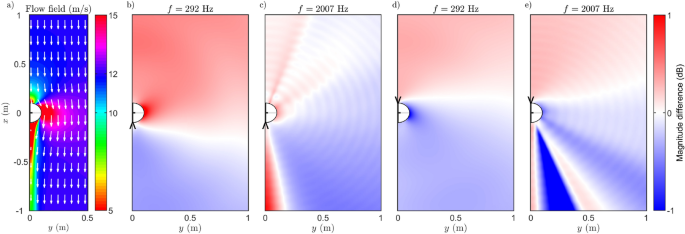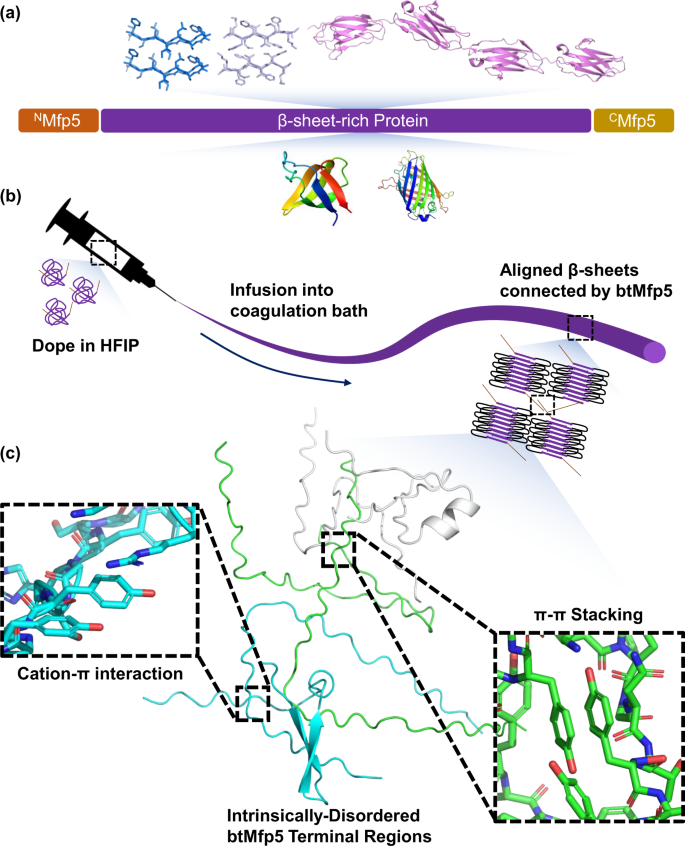2023-04-21 フィンランド・アールト大学
研究チームは、自動車を使用して叫び声のモデルを移動させ、それに風を発生させました。声の発散パターンに風が影響しないことがわかったため、Pulkki氏は、音がどのように聞こえるかによって現象が起こるのではないかと考えました。結果、風上に向かって叫ぶと、自分の声が聞こえにくくなるため、叫び声が大きくなりがちだということがわかりました。
<関連情報>
- https://www.aalto.fi/en/news/its-not-as-difficult-as-you-think-to-shout-upwind
- https://www.nature.com/articles/s41598-023-32306-z
風上に向かって叫ぶのが難しいという認識は、空気の流れによる効果によって説明される誤解である Perceived difficulty of upwind shouting is a misconception explained by convective attenuation effect
Ville Pulkki,Rapolas Daugintis,Timo Lähivaara &Aleksi Öyry
Scientific Reports Published:31 March 2023
DOI:https://doi.org/10.1038/s41598-023-32306-z

Abstract
It is a common thought that in windy conditions the voice of a shouter emanates towards the upwind with lower strength than towards the downwind. Contradicting with this, acoustics literature states that a source emanates with a higher amplitude against the upwind direction in comparison with the downwind direction, which is known as the convective amplification or attenuation effect. This article shows that the discrepancy arises because shouters receive their own voice at their ear canals worse when facing against the upwind direction than in the corresponding down-wind case. When shouting upwind, the ears are situated downwind from the mouth, and the strength of one’s own voice decreases in the ears due to the convective attenuation effect depending on frequency, making the shouter believe that it is more difficult to shout against the wind. This is shown by computational simulations and real measurements using models of a human shouter with simplified geometries.



